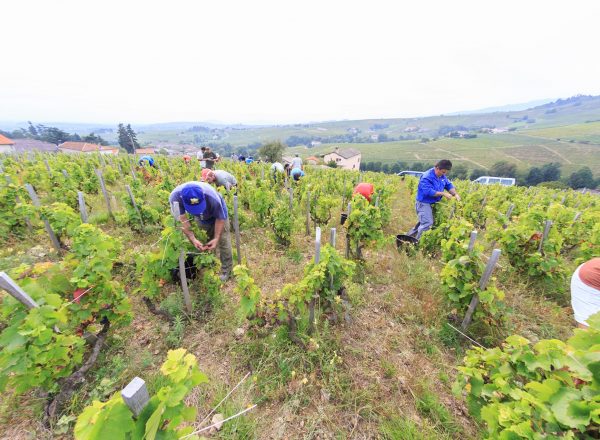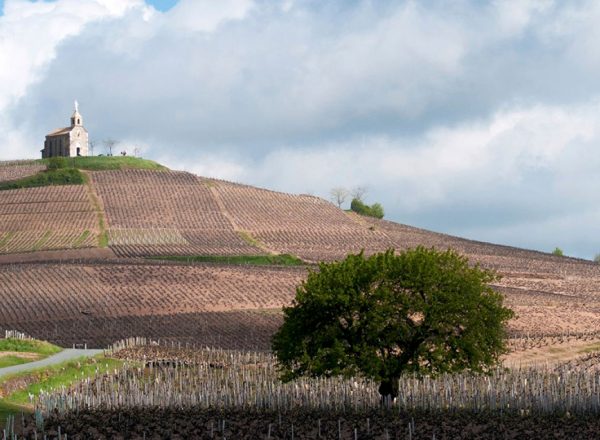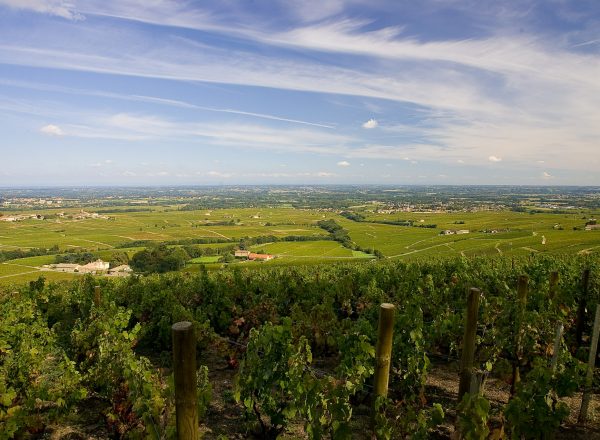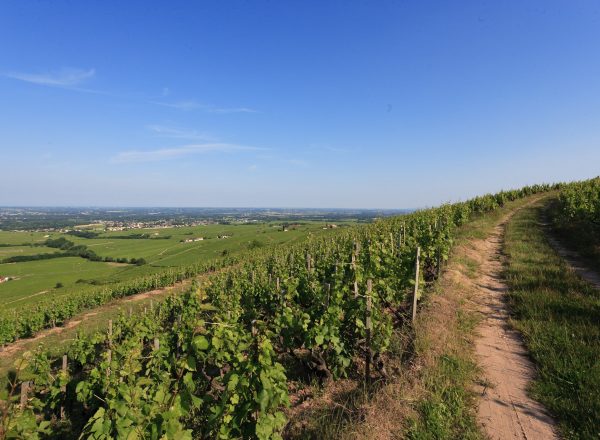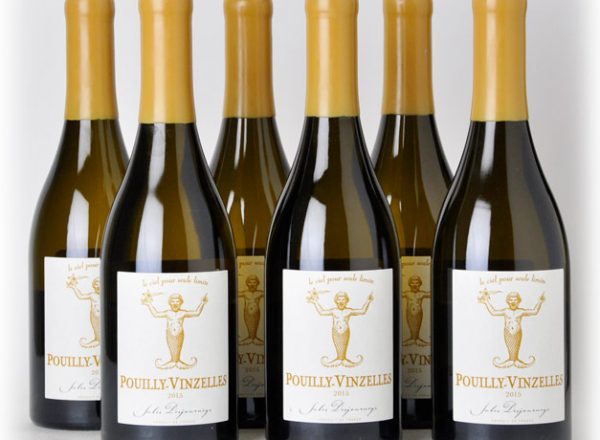Jules Desjourneys
Beaujolais, France
Jules Desjourneys produces wines in Beaujolais and Mâcon that are as singular as they are transporting. After years working as a top Burgundy merchant with close ties to elite domaines, winemaker Fabien Duperray launched this project in 2007 with the purchase of seven hectares of old vines in Beaujolais—none younger than 70 years, many over a century old. Farming is biodynamic and intensely manual, with horse plowing, extreme precision at harvest, and multiple stages of sorting, including with an optical sorter. Fermentations are spontaneous, élevage happens in concrete or glass, and the wines are held back for five to six years before release. “Old vines, modest yields, organic farming and cultivation almost entirely by hand are the order of the day,” writes Wine Advocate’s William Kelley. “The immense depth, structural seamlessness and effortless balance distinguish them as—at their best—the region’s finest wines.”
In the cellar, Duperray avoids oak for his Beaujolais, seeking instead what he calls “horizontality”—a sense of depth, precision, and expansive texture that elevates Gamay to a whole new register. The wines are both striking and cerebral, with intense aromatics, mineral energy, and a vibrancy that defies their age at release. In the Mâcon, Duperray partners with Christophe Thibert to work ten hectares of Chardonnay, crafting whites of astonishing clarity and finesse. Most of the wines see no oak, though a few are aged briefly in barrel, influenced by Duperray’s longtime friendship and collaboration with Arnaud Ente. These are among the most detail-driven, elegant whites made in the region today.
Taken together, the Desjourneys wines represent a radical reimagining of what’s possible in these often-overlooked appellations. They are not just beautifully made—they are genre-defying. “In merely a handful of years,” Kelley continues, “this project has begun to consistently realize wines of genius that capture all the delightful sun-kissed scents that characterize the Mâconnais at its best but which also succeed in rendering them in an unusually elegant, precise and weightless format.” With such limited production, the wines tend to find their way to those who understand their vision. One taste, and the clarity of that vision is impossible to ignore.
